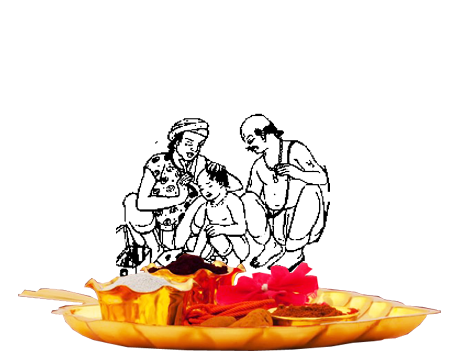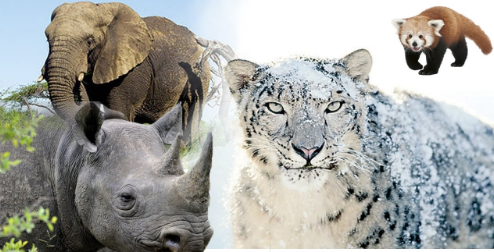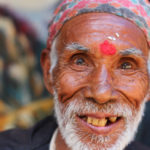Bratabandha, a ritual that a boy must go through before his marriage. A word I was unaware of a couple of years back. It was the time when I visited my friend’s house to celebrate the bratabandha ceremony of his nephew.
He (the nephew) came in with his head shaved except with a tiny tail on the back of his head. He was wrapped in bright orange garb and was wearing a traditional orange headband pierced with a porcupine spine, for protection from evil.
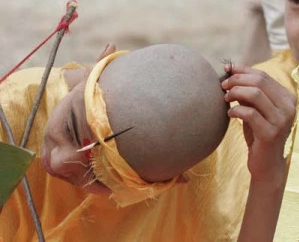
He was seven years old; Bratabandha is performed on an odd year. This ritual is performed to learn the traditional laws, ceremonial roles, and rituals of their caste. In Nepal, it is considered the beginning of manhood. A man is not allowed to marry before his bratabandha.
The bratabandha was being performed by six brahman priests though only two are required. The boy was made to chant secret vows. As a part of the tradition, the boy begged for food and offerings in front of beautifully dressed women of the family to mark the life of a monk. At the end a cotton string called Janai was looped over the boy’s shoulder, signifying that he is now a man even if he was only seven.
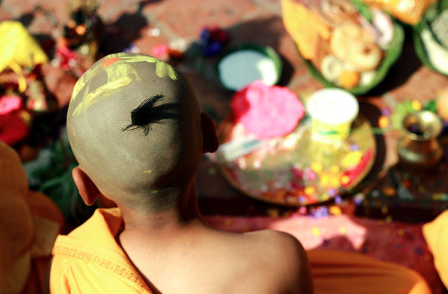
https://c1.staticflickr.com/6/5079/14150181134_5007c8e0a7_c.jpg
The rituals in Bratabandha vary from community to community. In Hindu communities, rituals during the Bratabandha represent the banishment of the boy (symbolization of Lord Ram’s exile) whereas, in Buddhist communities, the rituals represent the abandonment of worldly pleasures by the boy and transition to a monk (symbolization of Buddha’s retreat from worldly pleasures).
